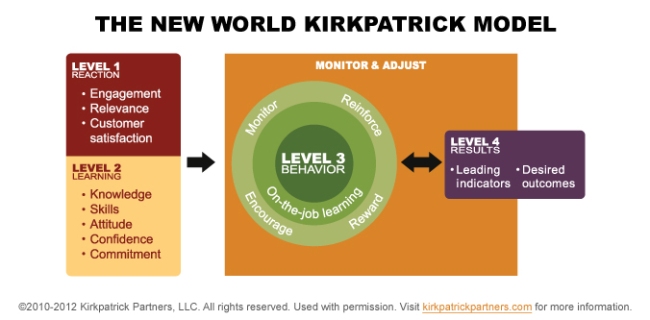We, the members of the training fraternity, have often been treated as ‘Training Order-takers’. We are invited for meetings with business and told – this is the training need, this many people need to be trained, by this date. That’s it. End of order. We are expected to design a program that will be fun and informative and suddenly people will start behaving differently.
What we don’t know at this point is – what is the need for the training. What result is expected as a result of people undergoing this training? The result may not necessarily be monetary, it could be improved customer satisfaction, enhanced efficiency at work, employee satisfaction through performing their jobs in a simple manner or anything at all relevant to the organization. That’s why speaking of Return on Expectations and not only of Return on Investment, makes better sense.
It is incumbent on us as performance consultants to dig deep and find out from business what exactly this ‘Big flag at the top of the mountain’ is. What is it that they want to achieve as a result of the program? That is the end result we need to work towards.
With that end in mind, we need to do further analysis of the need to figure out what behaviors need to change in order to achieve the desired result. The more clarity we have with regard to the end result, the more focused our training design can be to achieve the desired result.
This approach is particularly useful for mission critical programs that can truly help the business if successful or end up causing incredible damage is they fail to achieve the result.
Having said all this, we also need to keep in mind that not all programs run in an organization are mission critical programs. Does that mean that we ignore the result for these programs? Does it mean it is okay to take orders for these programs and run them since that’s what the business needs?
As conscientious members of the team, it is still imperative that we find out what is prompting the need for a particular program and design accordingly. It may be a highly generic program on communication skills that every manager in the organization needs to attend. We can still have discussions with business heads and find out why exactly the idea for this program came up. Was it something that come up during the performance appraisal cycle, or something that a lot of people requested for, or a gut feeling from someone that we need to improve our communication skills! Whatever the reasoning may be, there is some reasoning involved and we need to unearth that.
Knowing the result expected from a program will help us show ‘Return on Expectation’ – Business expected X result and we have been able to provide X result. We have little indicators along the way that show us whether we are reaching the desired result or not. These indicators help us make changes/adjustments to the program to finally reach the desired result.
The idea is not to fly blind or design program with our blinkers on. The idea is know exactly where we want to get to and make constant checks to see if we are heading in the right direction.
Post by Preethi Rao – C2C Training Effectiveness Specialist and Certified Kirkpatrick Facilitator


